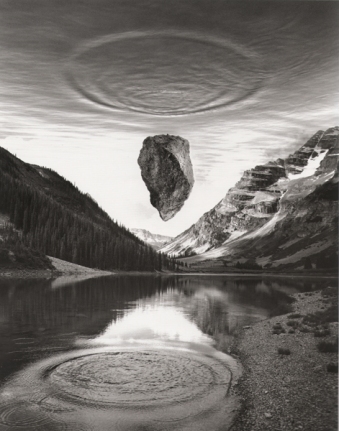With her American Index of the Hidden and Unfamiliar, Taryn Simon goes on the hunt for America’s dirty secrets.
Gaining entrance to places as diverse as a white tiger breeding facility, the JFK Airport quarantine area and virus-research labs, Simon shows the things that are integral to America’s foundation, mythology and daily functioning, but remain inaccessible or unknown to a public audience.
Meanwhile, in her earlier book The Innocents, she shot portraits of more than 80 wrongly accused death-row inmates who were exonerated by DNA testing, and investigated photography’s role in that process.
At issue here was the question of photography’s function as a credible eyewitness and arbiter of justice.

